A common mistake small to mid-size businesses make is trying to be good at everything.
If you’ve struggled to get your people to perform at the high standards you expect, or you’re constantly discovering obstacles to overcome because you feel you should be excellent in every phase of customer service, read Uncommon Service: How to Win by Putting Customers at the Core of Your Business by Frances Frei & Anne Morriss.
Verne Harnish, author of Mastering the Rockefeller Habits, Scaling Up, Scaling Up Compensation, ranked Uncommon Service as his #1 book on Strategy!
Frei and Morris share Four Service Truths few businesses understand, and still fewer execute effectively. This blog explores the first truth:
“You can’t be good at everything!”
Commerce Bank Example
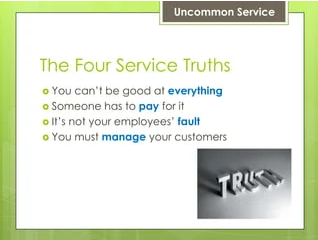 Deciding where to be good and bad requires courage. No one would consider using their bank’s tagline as “No one will pay you less for your money!” Yet that’s exactly the premise behind Commerce Bank’s growth and strategy.
Deciding where to be good and bad requires courage. No one would consider using their bank’s tagline as “No one will pay you less for your money!” Yet that’s exactly the premise behind Commerce Bank’s growth and strategy.
Uncommon Service provides details on how Commerce Bank carved out a winning position by deciding very strategically where it would excel, understanding very clearly what that would mean for the rest of its service model.
Commerce Bank chose to attack the banking industry's proclivity to have limited hours and bad attitudes. Commerce’s attack lines, inconvenience, lack of customer appreciation were just as open to their competitors. Commerce targeted customers fed up with the service experience of a traditional retail bank. Commerce aimed to be best in hours, open seven days a week, (M-F 7:30 AM to 8 PM, Friday drive-throughs open until midnight, and full-service banking available on Saturdays and Sundays! Their tagline, America’s Most Convenient Bank.
Trade-Offs
This kind of convenience was an expensive proposition. Indeed, the expense of being open for extended hours was a primary reason the competition avoided it.
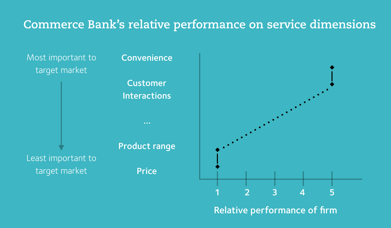 Commerce Bank made significantly different product design choices. Commerce paid the lowest rates on deposits in every local market. Their convenient hours and lower rates were inextricably linked. Commerce delivered excellently in hours precisely because of their dismal rates.
Commerce Bank made significantly different product design choices. Commerce paid the lowest rates on deposits in every local market. Their convenient hours and lower rates were inextricably linked. Commerce delivered excellently in hours precisely because of their dismal rates.
To design uncommon service, the biggest obstacle is the emotional unwillingness to embrace your weakness!
Choosing bad means deliberately letting people down, giving up a can-do, anything’s-possible attitude toward adversity. Choosing bad feels bad, especially in mission-driven industries such as health care or education. Managers feel compelled to at least try in all areas.
Choosing bad is your only shot at achieving greatness! Resisting it is a recipe for mediocrity!
Following the exercise we facilitate with our customers, Key Attribution Framework, 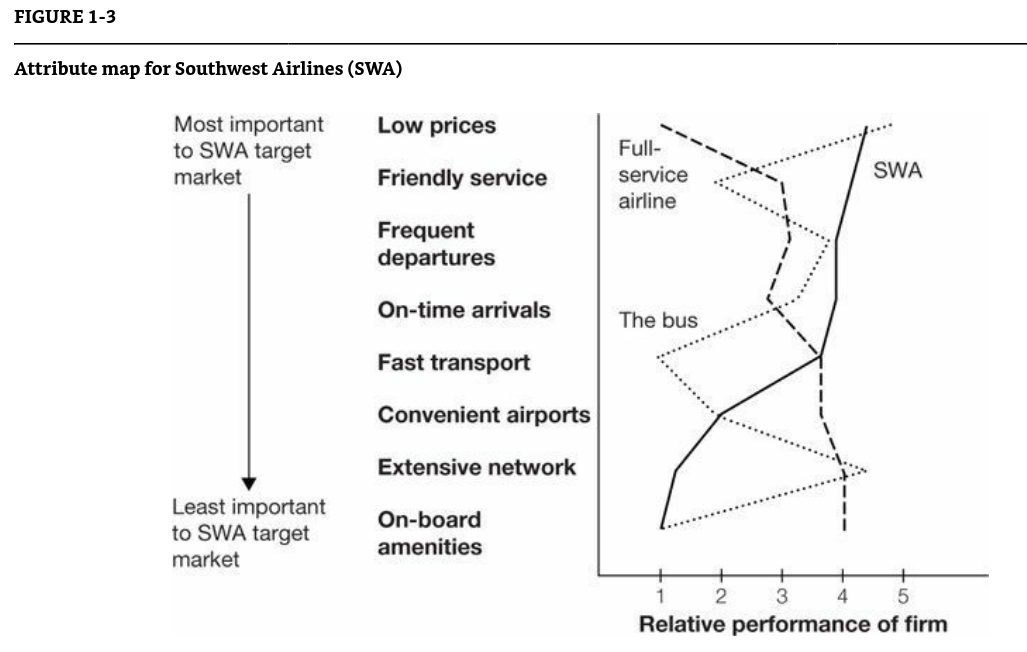 Commerce chose to be worst in class on some service dimensions, (rates and product mix) so it could be best in class on others (hours and attituded)
Commerce chose to be worst in class on some service dimensions, (rates and product mix) so it could be best in class on others (hours and attituded)
It sounds simple, but the courage to choose low deposit rates and poor cross-sell performance seemed crazy alongside the desire to grow. These choices worked because being bad was not a missed opportunity, but rather was the fuel to create an exceptional service experience.
Uncommon Service Key Principles
Here’s a summary from the chapter on Truth #1 You Can’t Be Good at Everything:
- To achieve service excellence, you must underperform in strategic ways. This means delivering on the service dimensions your customers value most and then making it possible—profitable and sustainable—by performing poorly on the dimensions they value least. In other words, you must be bad in the service of good.
- The primary obstacle to service excellence is not the ambition to be great, but the stomach to be bad. This is an emotional obstacle.
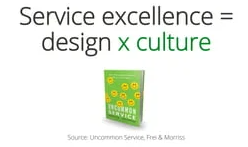
- It isn’t easy to compete without understanding your customer’s needs and how well your competitors are meeting those needs. Fortunately, customers are typically very willing to give you that information. And it’s cheap and easy to ask them for it.
- There is an important distinction between marketing and operating segments. Marketing segments tell us how to identify and communicate with different kinds of customers. Operating segments tell us how to serve customers differently. There is rarely a one-to-one mapping between these segments.
- There are two ways to improve service:
(1) meet your customers’ existing needs more effectively, or
(2) convince your customers that they need something you already do well.
- There is a difference between financial models and service models. Service companies need to be “bilingual” to excel.
The principles suggested here are the development stages of the Key Attribution Framework. It’s one of the major reasons I added Metronomics to my coaching resources. If you’re struggling to determine what should be your differentiators and are courageous enough to decide to be bad in the service of great, reach out to us for help.
To create an environment where everyone is inspired to give their best, contact Positioning Systems to schedule a free exploratory meeting.
Turn your team into a repeatable coaching and growth organization.
Growth demands Strategic Discipline.
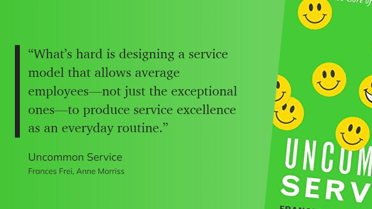 Our journey on Strategy with Uncommon Service: How to Win by Putting Customers at the Core of Your Business continues with how to fund greatness. There are four ways to pay for excellence we’ll share. Next blog rule #2 of the 4 Service Truths: Someone Has to Pay for It!
Our journey on Strategy with Uncommon Service: How to Win by Putting Customers at the Core of Your Business continues with how to fund greatness. There are four ways to pay for excellence we’ll share. Next blog rule #2 of the 4 Service Truths: Someone Has to Pay for It!
Building an enduring great organization requires disciplined people, disciplined thought, disciplined action, superior results, producing a distinctive impact on the world.
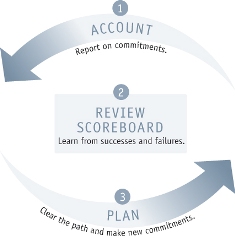 Discipline sustains momentum, over a long period of time, laying the foundations for lasting endurance.
Discipline sustains momentum, over a long period of time, laying the foundations for lasting endurance.
A winning habit starts with 3 Strategic Disciplines: Priority, Metrics, and Meeting Rhythms. Forecasting, accountability, individual, and team performance improve dramatically.
Meeting Rhythms achieve a disciplined focus on performance metrics to drive growth.
Let Positioning Systems help your business achieve these outcomes on the Four most Important Decisions your business faces:
|
DECISION |
RESULT/OUTCOME |
|
PEOPLE |
|
|
STRATEGY |
|
|
EXECUTION |
|
|
CASH |
|
Positioning Systems helps mid-sized ($5M - $500M+) businesses Scale-UP. We align your business to focus on Your One Thing! Contact dwick@positioningsystems.com to Scale Up your business! Take our Four Decisions Needs Assessment to discover how your business measures against other Scaled Up companies. We’ll contact you.
NEXT BLOG – Someone Has to Pay for It - Uncommon Service Truth Number 2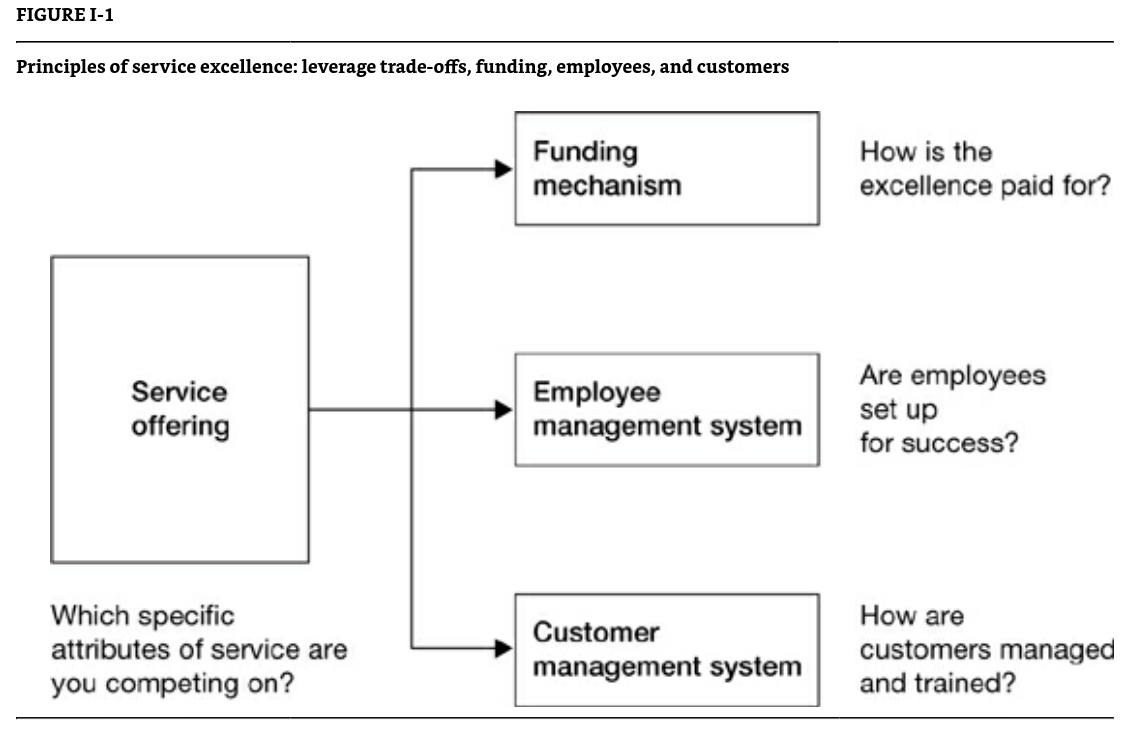






.jpeg?width=150&height=135&name=Hand%20with%20marker%20writing%20the%20question%20Whats%20Next_%20(1).jpeg)

